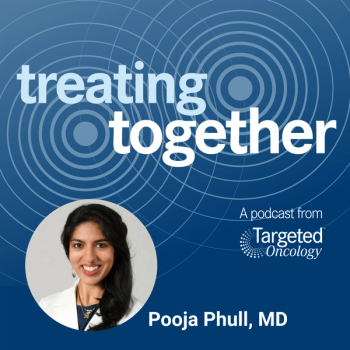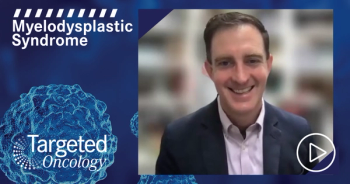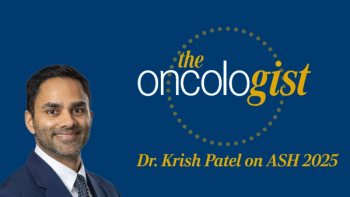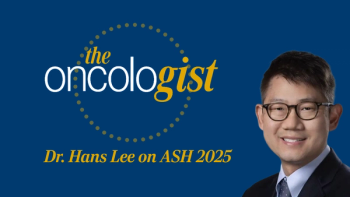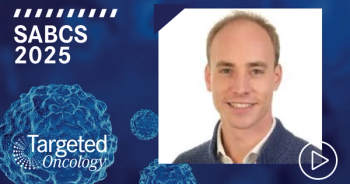
Identifying Post CAR-T Issues in Community Oncology Patients

Mazyar Shadman, MD, MPH, explains how community oncologists can care for their patient after they have been treated with chimeric antigen receptor T cells.
Mazyar Shadman, MD, MPH, attending physician, Hematologic Malignancies
Fred Hutchinson Cancer Center, and associate professor, Medical Oncology Division University of Washington School of Medicine, explains how community oncologists can care for their patient after they have been treated with chimeric antigen receptor (CAR) T cells.
Normally, CAR T-cell therapy is administered at academic centers, and follow-up treatment occur at the same institutions, according to Shadman. But most patients eventually return to the care of an oncologist in their community. Shadman explains that there are certain adverse reactions to CAR T-cell therapy that oncologists can identify and treat.
Transcript:
0:08 | Our community oncology colleagues most of the time don't take care of patients immediately after CAR. But I think it's very important for them to be familiar with the type of side effects that patients may develop after CAR T therapy, both because of risk and benefit assessment before referring a patient for CAR T therapy, to make sure patients have a good understanding of the the adverse events and the toxicity that's associated with with it. And sometimes when we send patients back to the primary oncologist, some of the toxicities are ongoing. So, I think it's very important for them to be familiar with the rate and for the type of side effects that patients may develop after CAR T therapy.


